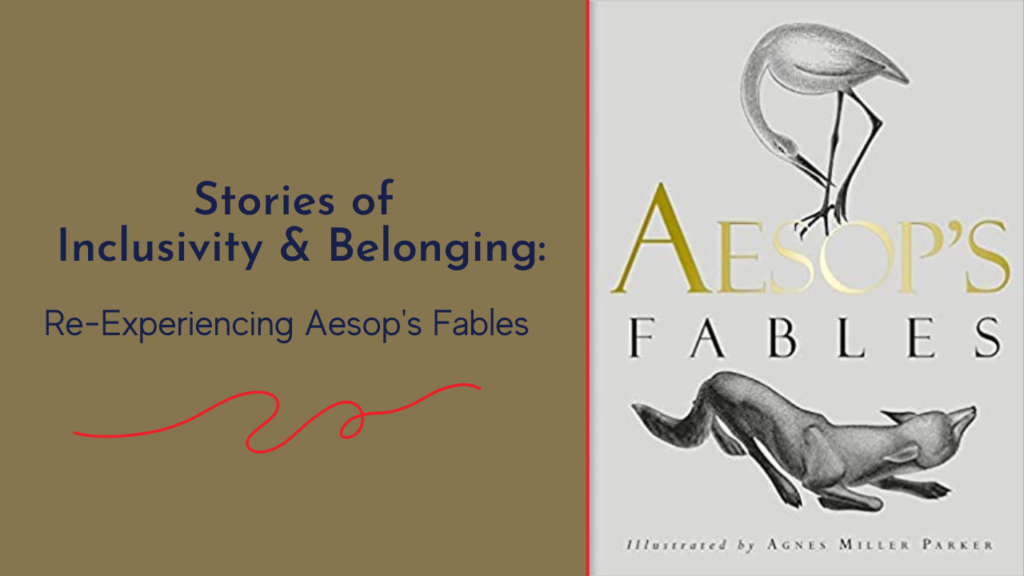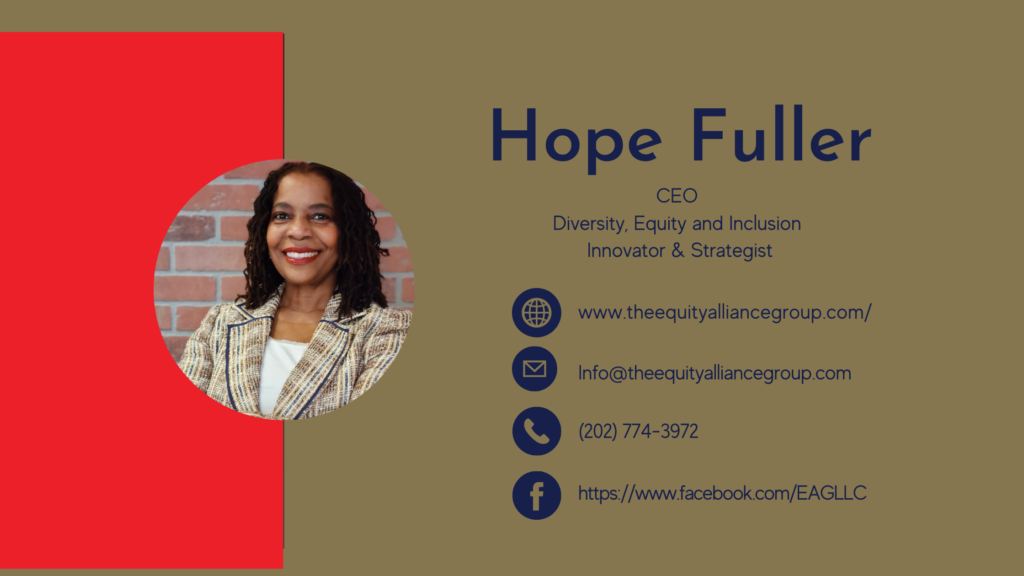
March is celebrated as National Reading Month – a time to recognize the importance of books and reading in our lives. With increased access to technology and digital content, it can be easy to forget how powerful stories, words and literature can be. National Reading Month is much more than just books – it’s also about belonging and connection; joining the common thread between readers across generations, helping to create powerful bonds in our communities. It gives us a way of understanding different points of view while deepening our own perspectives; after all, what better way could there be to explore far-off lands and dream up adventures?
Over the last three years, I have bought numerous books, and one of my favorites was Aesop’s Fables. These fables have been passed down through generations to teach us valuable life lessons, and I adored reading them as a child and learning “the moral of the story”. Recently, when I revisited my book of fables, I noticed a prominent theme that centers on the significance of inclusion and belonging and I want to share three of my favorite fables that convey this message.
The first fable, The Lion and The Mouse, tells the story of a lion who catches a mouse and is about to kill it when the mouse begs for mercy. The mouse promises to repay the lion’s kindness someday, and the lion, amused by the mouse’s audacity, decides to let it go.
Later on, the lion is caught in a hunter’s trap, and despite his strength and efforts, he is unable to break free. The mouse, remembering the lion’s mercy, comes to his rescue and gnaws through the ropes to set him free.
The moral of the story is that even the smallest and seemingly weakest creatures can be of great help. It also teaches the lesson that we should treat others with kindness and respect, regardless of their size or status.
This fable emphasizes the importance of valuing and respecting all members of a community, regardless of their size, background, or abilities. Just as the lion and the mouse were able to put aside their differences and help each other out, communities can achieve great things when they work together and embrace diversity.
The fable also highlights the concept of reciprocity, where acts of kindness and respect towards others can lead to positive outcomes and opportunities for collaboration and mutual support.
The second fable, The Ass in the Lion’s Skin, is a story about an ass (donkey) who found a lion’s skin and wore it, pretending to be a lion to scare other animals. The other animals, seeing the lion’s skin, believed the ass was a ferocious lion and fled in fear. However, when the ass attempted to roar like a lion, the animals recognized that it was the ass and not the lion. The ass was then mocked and ridiculed by the other animals for his foolishness.
This fable shows the repercussions of trying to appear as something we are not, to fit in with a group. In this case, the ass wanted to be seen as powerful and intimidating like a lion, but in reality, he was still an ass. By trying to appear as something he was not, the ass was rejected and excluded by the other animals.
This fable highlights the importance of authenticity in building relationships and connections with others. Just as the other animals were able to see through the ass’s disguise and reject him, people can often sense when someone is not being genuine and may be less likely to accept them into their professional or social circles.
This fable suggests that true belonging comes from being true to oneself rather than trying to fit in with a group by pretending to be someone we are not. The ass in the story felt that he needed to put on a false identity to be accepted by the other animals, but in the end, it only led to his exclusion and ridicule. To truly belong, we need to be authentic and true to ourselves, even if that means we may not be accepted by everyone.
Finally, there is The Crow And The Pitcher. In this fable, a thirsty crow comes across a pitcher with some water at the bottom. However, the water level is too low for the crow to reach by drinking directly from the pitcher.
After unsuccessfully trying to tip the pitcher over, the crow has an idea. It starts dropping pebbles into the pitcher, causing the water level to rise gradually. Eventually, the water level rises enough for the crow to reach it and quench its thirst. The fable ends with the crow flying away, satisfied and grateful for the resourcefulness that helped it solve its problem.
This fable highlights the power of resourcefulness and creativity in overcoming challenges. Inclusion and belonging require individuals to find ways to adapt and navigate through barriers, which can be difficult and sometimes frustrating.
However, the story of the crow and the pitcher shows that with determination and creativity, individuals can find solutions to problems that may initially seem insurmountable. This message can inspire people to think outside the box, persevere through obstacles, and find ways to belong and thrive in diverse environments.
Aesop’s Fables have stood the test of time and also continues to teach us valuable lessons about inclusion, belonging, and the importance of treating others with kindness and respect. During the remainder of National Reading month and throughout the next year, I challenge you to re-experience a book that you once read and loved. If you don’t have one, don’t worry! Click the link for a list of books that I either have read, I am reading, or intend to read.
#TheEquity Alliance Group
#Inclusion
#Belonging
#Aesop’sFables
#DEI








Comments are closed